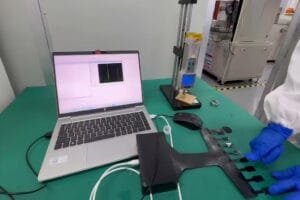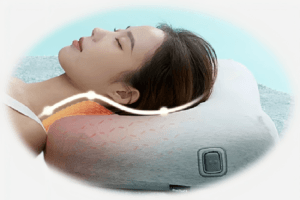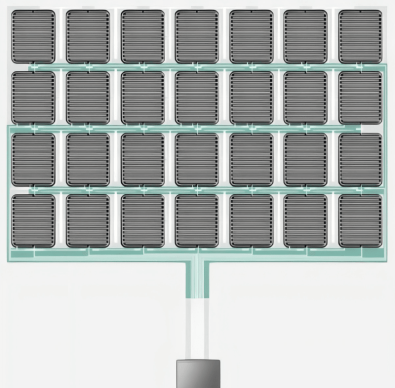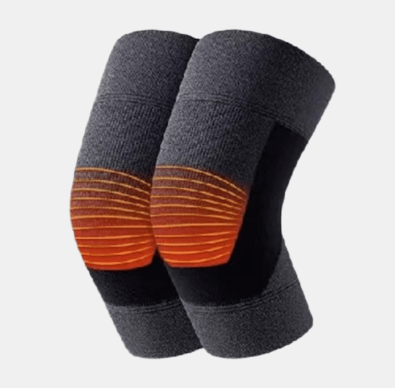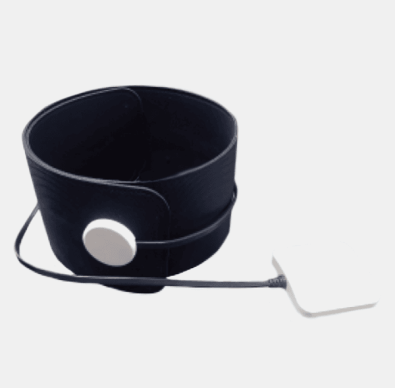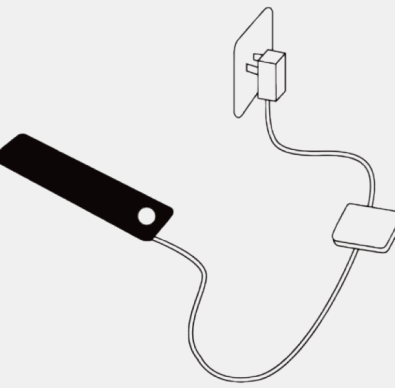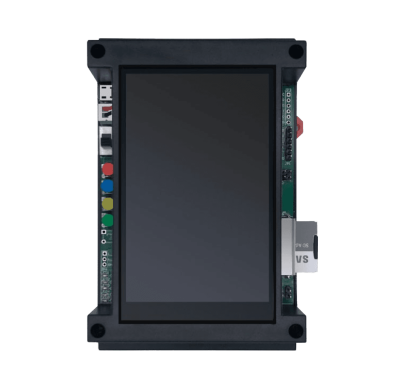Smart Wears: Transforming Ordinary Activities to Extraordinary Experiences

If you’re someone who enjoys an active lifestyle, chances are you’ve come across those nifty smart devices and clothing that can tell you everything from your heart rate to your breathing patterns and even how hard you’re pushing yourself. But have you ever stopped to wonder how these seemingly simple gadgets manage to gather so much information in just a blink of an eye? It’s pretty mind-blowing when you think about it!
In this article, we’ll dive into the fascinating world of smart wears and explore how these incredible pressure sensor technologies work their magic, all while keeping you comfy and stylish.
What are Smart Wears?
- Smart Shoes: Some athletic shoes now feature pressure-sensitive insoles or soles that utilize pressure sensors. These sensors can detect the distribution of weight and foot pressure during movement, providing valuable data for gait analysis, balance improvement, and injury prevention.
- Smart Compression Garments: Certain compression garments, like leggings or sleeves, incorporate pressure sensors to monitor muscle exertion and provide real-time feedback on muscle activation and performance. Athletes can use this information to optimize their training and prevent overexertion.
Smart apparel designed for athletes often includes features like compression sensors that measure muscle activity, GPS tracking for monitoring speed and distance, and even haptic feedback for training purposes.
- Posture-Correcting Shirts: There are smart shirts available that utilize pressure sensors to detect and analyze posture. These sensors can identify when the wearer slouches or maintains an incorrect posture, and they provide gentle vibrations or alerts to prompt the wearer to adjust their position.
- Smart Gloves: Some specialized gloves designed for rehabilitation or virtual reality applications feature pressure sensors in the fingertips or palm areas. These sensors allow for precise detection and capture of hand movements, enabling enhanced control and interaction in virtual environments or aiding in hand dexterity training.

Understanding Pressure Sensors
The primary function of pressure sensors is to convert physical pressure into an electrical signal that can be processed and analyzed. This conversion process relies on various sensing mechanisms, including piezoresistive, capacitive, and piezoelectric principles.
Piezoresistive sensors are commonly used in pressure-sensitive garments. They work by utilizing materials that change their electrical resistance when subjected to pressure or deformation. As pressure is applied to the sensor, the resistance changes proportionally, allowing the measurement of pressure variations. These sensors can be integrated into clothing or wearable devices to detect and monitor pressure distribution across the body.
Capacitive pressure sensors, on the other hand, rely on changes in capacitance to measure pressure. They consist of two conductive plates separated by a dielectric material. When pressure is applied, the distance between the plates changes, altering the capacitance. By measuring this change, the sensor can determine the applied pressure. Capacitive pressure sensors offer high sensitivity and accuracy, making them suitable for applications where precise pressure detection is required.
Piezoelectric pressure sensors generate electrical charge when subjected to pressure. These sensors often utilize crystals that produce an electric potential difference in response to mechanical stress. The generated charge is proportional to the applied pressure, allowing the sensor to measure and quantify pressure changes accurately. Piezoelectric sensors are commonly used in applications requiring dynamic pressure measurements, such as sports performance analysis or rehabilitation monitoring.
The importance of pressure sensors in smart clothing lies in their ability to capture and interpret pressure-related data. By monitoring pressure distribution, these sensors enable the analysis of body movements, posture, and athletic performance. They can help optimize training techniques, prevent injuries, and enhance rehabilitation processes. Additionally, pressure sensors can be employed in healthcare applications, such as pressure ulcer prevention and monitoring vital signs.
Monitoring Physical Activity and Performance
One of the primary applications of pressure sensors in smart wear is monitoring physical activity and performance. By measuring the pressure exerted on certain parts of the body, such as the feet, pressure sensors can provide valuable insights into movements, posture, and balance. This information is particularly useful for athletes, fitness enthusiasts, and individuals recovering from injuries.
For example, in running shoes, pressure sensors can determine the pressure distribution across the foot while running. This data can help analyze running gait, identify potential issues, and provide recommendations to improve performance and prevent injuries. Similarly, pressure sensors integrated into smart apparel can monitor body posture during workouts, ensuring proper form and reducing the risk of strain or injury.
Moreover, pressure sensors can be utilized in sports gloves to capture grip strength and pressure applied during activities such as weightlifting or golf swings. This data can help athletes refine their technique and optimize their performance.
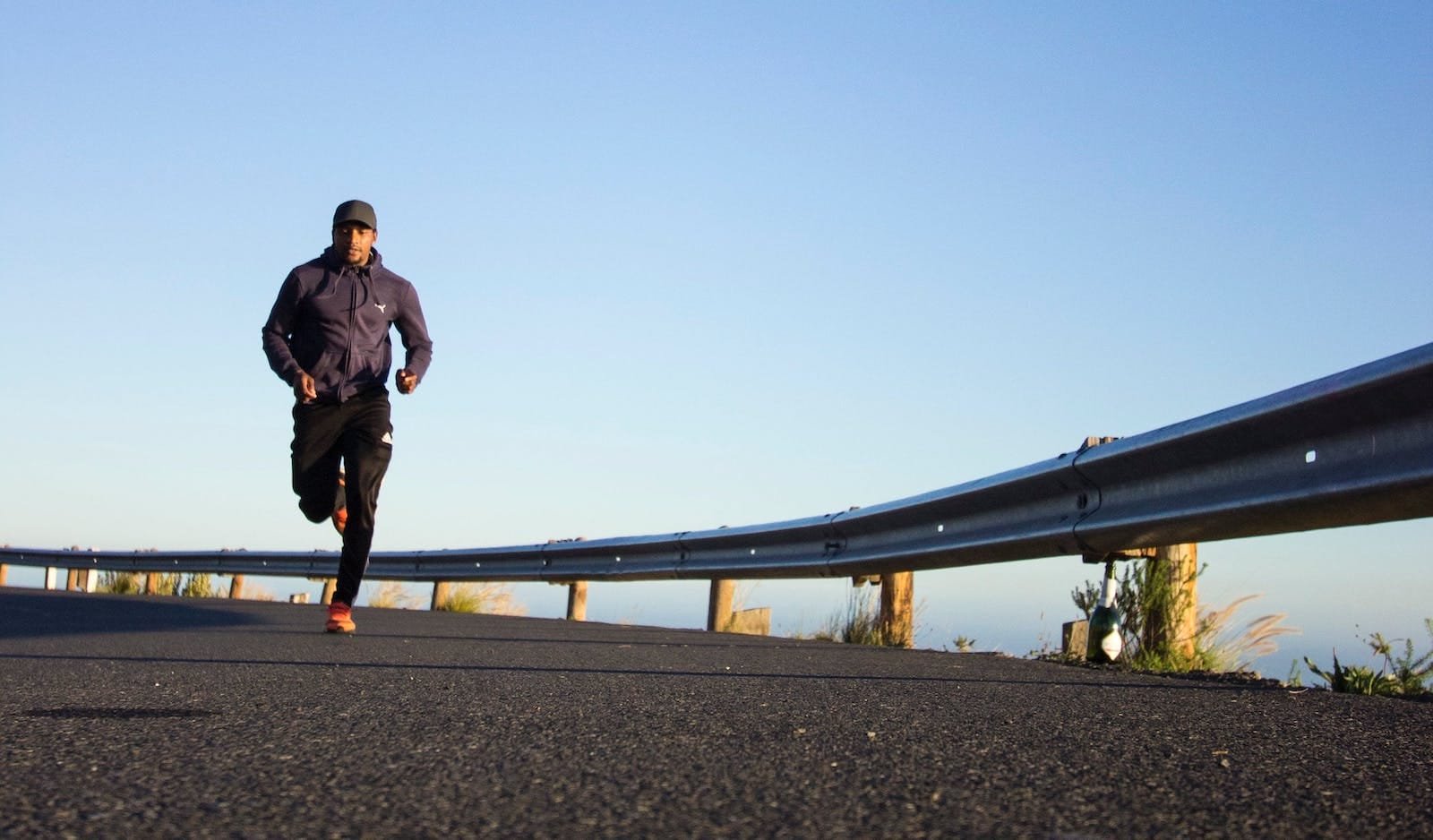
Enhancing Rehabilitation and Injury Prevention
Pressure sensors also play a significant role in rehabilitation and injury prevention. By continuously monitoring pressure distribution during movements, these sensors can help track progress and ensure proper recovery. For individuals rehabilitating from injuries or surgeries, pressure sensors integrated into smart wearables can provide real-time feedback on weight-bearing activities, helping them maintain the right balance and avoid excessive strain.
Furthermore, pressure sensors can detect abnormal pressure patterns that may indicate the presence of chronic conditions or abnormalities. By identifying these patterns early on, individuals can seek medical attention and prevent the progression of potential health issues.
In the field of prosthetics, pressure sensors are crucial for ensuring optimal fit and comfort. By monitoring pressure distribution between the prosthetic limb and the residual limb, these sensors can help adjust the fit and alignment, improving overall comfort and reducing the risk of skin irritation or sores.
Improving Comfort and Fit
Another benefit of pressure sensors in smart wears is their ability to enhance comfort and fit. These sensors can detect pressure points and areas of discomfort, allowing for personalized adjustments. For instance, in smart clothing, pressure sensors can identify tight spots or areas where excessive pressure is applied. This information can then be used to optimize the design and fit of the garment, ensuring maximum comfort for the wearer.
Pressure sensors can also be integrated into footwear to provide real-time feedback on shoe fit. By analyzing pressure distribution across the foot, these sensors can recommend appropriate shoe sizes and styles, reducing the chances of discomfort or foot-related issues.
Additionally, in smart bras or undergarments, pressure sensors can monitor pressure variations to ensure proper support and fit, enhancing comfort for the wearer.
Environmental Adaptability
In addition to monitoring the wearer’s body, pressure sensors can also be utilized to enhance environmental adaptability in smart wearables. By detecting changes in pressure, these sensors can provide valuable data about the external environment. For example, in smart jackets, pressure sensors can detect changes in atmospheric pressure, which can be correlated with weather patterns. This information can then be used to provide real-time weather updates and help users prepare for changing conditions.
Moreover, pressure sensors can be integrated into smart masks or helmets to monitor air pressure changes, ensuring optimal respiratory conditions in different environments.

Smart Wears In a New Era of Innovation
Pressure sensors have become an integral part of smart wear and smart apparel, contributing to a range of applications, from monitoring physical activity and performance to enhancing rehabilitation and improving comfort and fit.
As technology continues to evolve, we can expect pressure sensors to play an even more significant role in the future of smart wearables, enabling new and innovative applications that enhance our daily lives. Whether it’s monitoring our movements, optimizing our fitness routine, or improving our overall comfort, pressure sensors are paving the way for smarter and more personalized wearable technology.
If you’re here to find the best pressure sensors you can use for the smart wears you are developing, Flexniss can present you a ton of options! Check out our products to see the different pressure sensors, or send us a message for your custom needs!
